Certificate of Attendence
Available in the participante area


One line registration
Starts August/2017
Abstract submission
Ends by 31/01/2018
Abstracts acceptance
After 15/03/2018
Early registration
Ends by 15/04/2018
Regular registration
Ends by 12/05/2018
Cancelation and refund
Ends by 12/05/2018
The museum was created in 1985 and it is a federal public institution dedicated to the study and dissemination of the history of science and technology in the country, museology and science education. Its archive in History of Science is one of the most important in the country, being one of the main institutions that care for Brazilian scientific memory. More informations on the website.
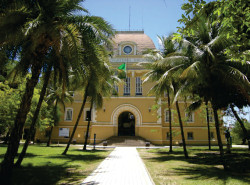 |
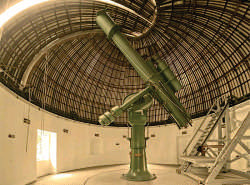 |
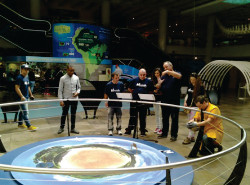 |
Created in 1755, it is the depository of the bibliographical and documentary heritage of Brazil, considered by UNESCO as the seventh largest national library in the world, and is also the largest library in Latin America. Its various responsibilities include preserving, updating and disseminating a collection of more than eight million pieces, which began with the arrival of the Royal Library of Portugal to Brazil and is constantly growing, from donations, acquisitions and Legal deposit. More information on the website.
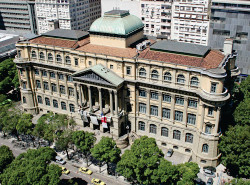 |
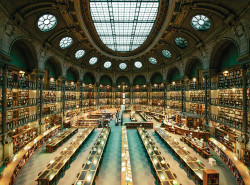 |
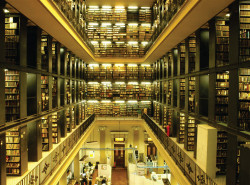 |
Is the country's first scientific institution and the largest museum of natural and anthropological history in Latin America. Created by Dom João VI, on June 6, 1818 to promote cultural and economic progress of the country. The palace was the residence of the Portuguese royal family from 1808 to 1821, belonged to the Brazilian imperial family from 1822 to 1889, housed the first Republican Constituent Assembly from 1889 to 1891 and has been the seat of the National Museum since 1892. More information on the website.
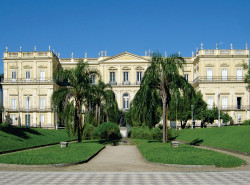 |
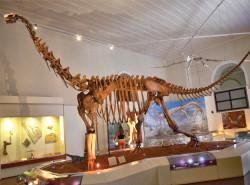 |
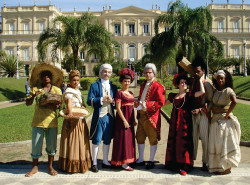 |
The museum was built in the port area of Rio de Janeiro, designed by the Spanish architect Santiago Calatrava. It is a museum for arts and sciences, as well as showcases the dangers of climate change, environmental degradation and social collapse. The building has solar panels that move with sun light and are designed to adapt to changing environmental conditions. The main exhibitions are mostly digital and focuses on ideas rather than objects. More information on the website.
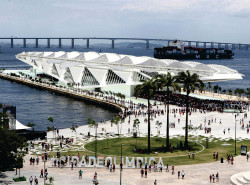 |
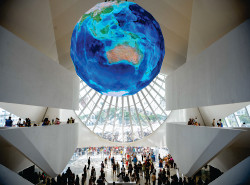 |
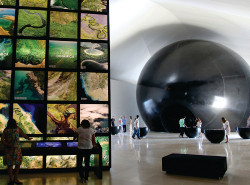 |
Is dedicated to Geology and Paleontology. The building was constructed to house the Pavilion of the States for the National Commemorative Exhibition of the 1st Centenary of the Opening of the Ports of Brazil, in 1908. The institution owns a vast collection - of minerals, rocks, fossils and meteorites. Its main attraction today are the fossils of Brazilian dinosaurs. More information on the website.
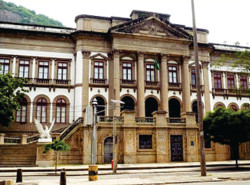 |
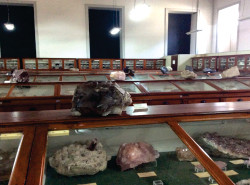 |
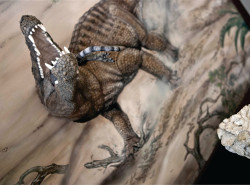 |
The house is dedicated to the preservation of memory of the institution. It is also an institution for research, teaching, documentation and dissemination of history of public health and biomedical sciences in Brazil. The building houses the most expressive collection of Brazilian health documents, and it has the only graduate course in the field of history of sciences and health in the country. More information on the website.
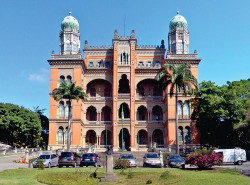 |
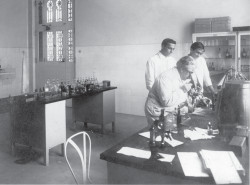 |
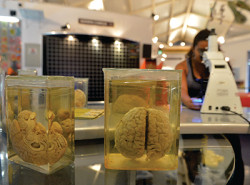 |
Dear participants of the 21th WCSS,
We are sharing the images taken at the Convention Center to remind you of the great time we had during the event.
Our best and thanks again to all that helped to make this a special moment.
To see the photos, please visit:

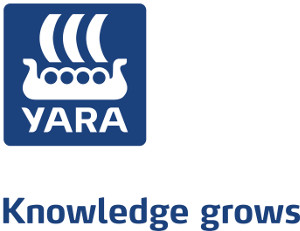




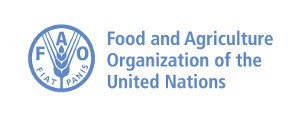

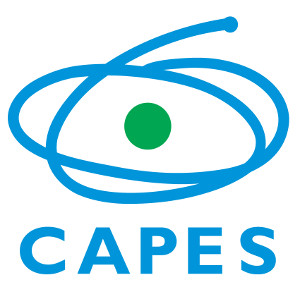
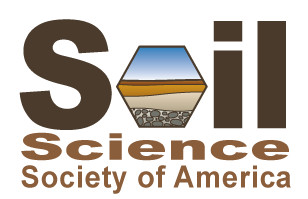
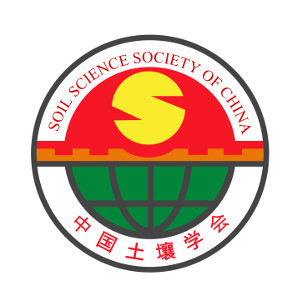
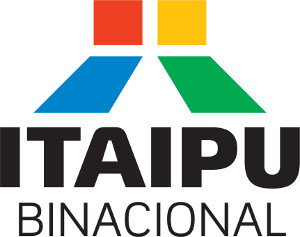


Além Mar/ Li-Cor
British Society of Soil Science
Copernicus
DFG- Deutsche Forschungsgemeinschaft
Euro Soil
InterMag
Livraria UFV
Marconi
Neobio e Microanalysis
Spectral
Tecnal
Tourism Toronto
Umwelt-Geräte-Technik GmbH
AMS, Inc.
Astro 34
CSIRO Publishing
Elsevier
European Commission
Gasmet
Jacto
MIDI
Ralco
Sentek
Soilmoisture Equipments
Springer
© 2017 21st WCSS - All rights reserved
Sociedade Brasileira de Ciência do Solo (SBCS)
Departamento de Solos - Edifício Sílvio Brandão, s/n
Cx.P. 231 - Campus da UFV CEP 36570-900 - Viçosa-MG
Fone: +55 31 3899-2471 - sbcs@sbcs.org.br; www.sbcs.org.br